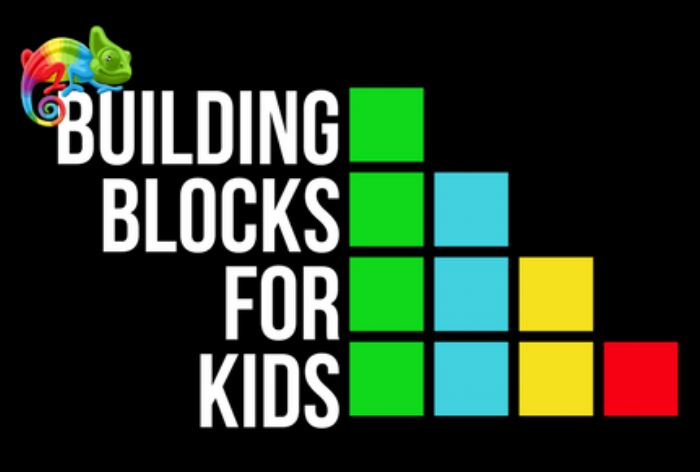Reevaluating Government Grants: University of Southern California’s $500M Dilemma
With $9 Billion in assets and a $7.1 Billion endowment, USC's need for a massive $500 Million grant raises concerns about the necessity of such large grants. If there is a federal/state guideline in place for poverty then there should be guidelines to cap or restrict government grants to large nonprofits.
USC should give back the $500M and any government grants received in 2023, so BBFK can put the money to use today to fund our program throughout all of California (one-grade level of high school for the entire year) and educate our high school youth on financial literacy and career discovery rather than the money sitting in a USC bank account.
What is better for our country: Helping out 50,000 college students or 423,000 high school students?
In examining the distribution of government grants, particularly in the case of the University of Southern California (USC), we question the necessity of a massive $500 million grant amidst its substantial financial resources. First and foremost this institution does not need an introduction to why it is considered to be one of the greatest schools in the country’s history. USC’s legacy lives with all its great alumni, professors, and programs (such as business, engineering, technology, athletics, etc). However, like any great school, USC has its share of controversy. Data shows that their program received large government grants throughout the year 2022. While we believe that there is nothing wrong with large groups receiving government grants as a steward for their community, we need to make sure that those who do not need the extra funding do not receive it such as USC.
The most important question that we continue to ask is why isn’t there a cap on billion-dollar nonprofits to ask and/or be allowed to receive government grants in the first place. If there is a federal/state guideline in place for poverty then there should be guidelines to cap, restrict, and make sure there are no conflicts of interest with nonprofits receiving grants/donations in the first place. For example, a “nonprofit” like USC which has the political power, influence, and bankroll of $9 Billion in total assets should not be receiving $500M in government (federal/state/local) grants. In addition, if a nonprofit has already exceeded a certain threshold (is the limit $500M, $1B, or $2B?) then naturally they shouldn't be allowed to keep the money in their banks, which would allow another organization to use it today. We understand the argument that out of the $9B USC has in assets, $7.1B of it is in endowment funds. Nevertheless, the board still has $4 billion at their disposal, $2B sitting around at their discretion, and another $2B from the endowment fund (quasi control). Therefore, based on our research, USC does not need the $500M to sit in a Carribean bank account (that already has $1.4B, what is it doing there in the first place?) and it would be better put to use for our youth today by giving the money to the BBFK: MORE Program California, benefitting 423,000 high school students in the state on financial literacy and career discovery.
There needs to be a better approach that focuses on true impact, accountability, oversight, and proper budgeting for all government grants that are distributed to any organization (small or large). People in power such as President Biden, Gavin Newsom (all of our governors), and all other politicians that control government spending need to create reform on how government grants are distributed to small and large non-profits. Ultimately, is it more important to spend $500M on 50,000 college students or 423,000 high school students across all of California…You know our vote.

